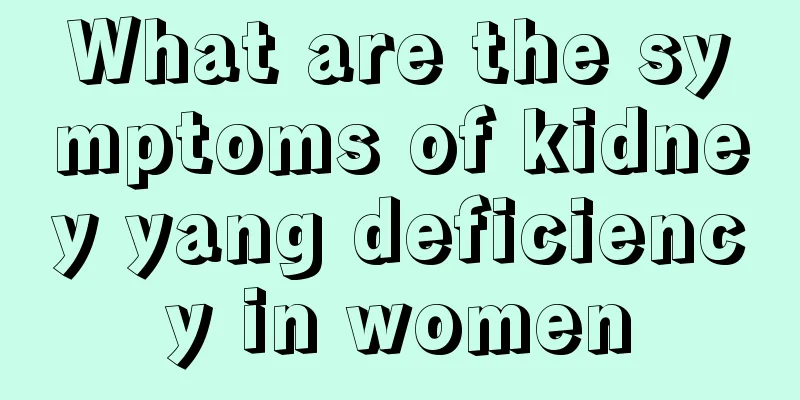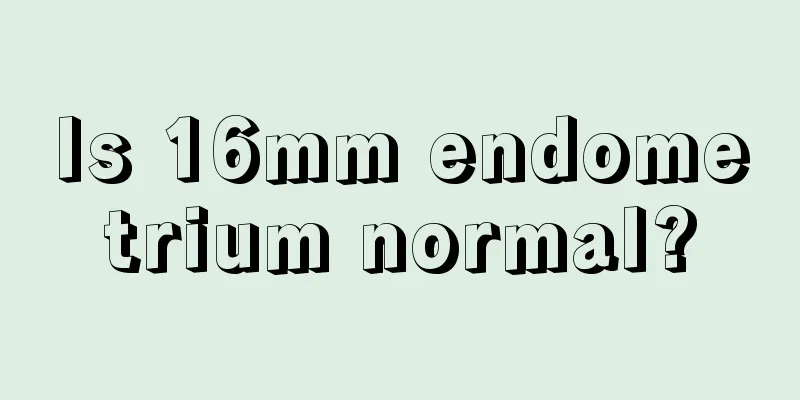What is fallopian tube cyst?

|
The problem of fallopian tube cyst is neither big nor small. It is also a common disease in clinical practice. This disease is closely related to inflammatory stimulation. Of course, the causes of fallopian tube cyst are also relatively complicated. When treating, it is also necessary to consider the cause and prescribe the right medicine for the disease. Fallopian tube cysts can also be said to be a type of adnexal cysts. The size of the cyst should also be considered when treating fallopian tube cysts. If the cyst is relatively small, surgical treatment is generally not required. Fallopian tube cysts have a great impact on human health and the symptoms are also very obvious. The choice of treatment plan also needs to take into account the symptoms so that the problem can be solved fundamentally. 1. Causes Fallopian tube cysts generally refer to the infection of the fallopian tube by pathogens, which leads to swelling of the endometrium, interstitial edema, exudation, and shedding of the fallopian tube mucosal epithelium due to the infiltration of white blood cells. If the acute inflammation of the fallopian tube is not treated promptly and effectively, fallopian tube abscesses will form. After the inflammation of fallopian tube pyosalpinx subsides, the pus is gradually absorbed and the fluid in the cavity changes from purulent to serous, becoming a fallopian tube cyst. Simple tubal pyosalpingitis may evolve into scar salpingitis or tubal cyst after the inflammation subsides. The latter is a common complication of chronic salpingitis, manifested by occlusion of the fimbria and cystic dilatation of the fallopian tube. The wall of the tube becomes thin and translucent, and the cyst is filled with clear serous fluid. The lumens of the dilated and undilated parts of the fallopian tube are still connected, so patients often have vaginal discharge. 2. Symptoms Symptoms of fallopian tube cysts: First is vaginal discharge. About 50% of patients have vaginal discharge, which is a yellow watery liquid, generally without odor, with varying amounts and often intermittent. This is the most specific symptom of this disease. Vaginal bleeding often occurs in the middle of the menstrual period or after menopause. It is irregular and small amount of bleeding, and curettage is often negative. Abdominal pain is usually dull pain in the lower abdomen on the affected side, which is caused by enlarged fallopian tubes. Sometimes it presents as paroxysmal colic, which is caused by spasmodic contraction of the fallopian tube. 3. Treatment The current treatment options for fallopian tube fimbria cysts are: 1. Open or laparoscopic fimbria ostomy 3-7 days after the menstrual period ends, with a success rate of about 20%; 2. In vitro fertilization, with a success rate also of about 20%. Salpingostomy is suitable for patients with unobstructed proximal fallopian tubes but hydrops and atresia at the distal end. |
<<: How to relieve postpartum depression
>>: What is fallopian tube cyst?
Recommend
I regretted having sex 7 days after my miscarriage.
For female friends who have just had an abortion,...
I'm about to give birth and I'm bleeding a little bit
Everyone knows that when women reach their due da...
How often will cervical erosion cause bleeding
Cervical erosion is a gynecological disease with ...
I have been bleeding for 10 days in early pregnancy
Every woman will have different symptoms after pr...
From leaves to skin, the whole body is full of treasures. Eat this fruit quickly! But these types of people should not be greedy!
Ripe pomegranate Each one is as plump as a ruby T...
What will happen if infants and young children do not supplement with adequate vitamin AD?
Let me ask a question: What will happen if the ba...
What is the difference between peaches and nectarines? What causes allergies to nectarines?
Nectarines are a variant of ordinary peaches. The...
How to use female condoms
In order to prevent unwanted pregnancy, there are...
Acupuncture and moxibustion to promote ovulation
There are many reasons for female infertility, on...
Can a girl get pregnant if she doesn't lose her virginity?
Both men and women have to have sex after marriag...
School is back! Tuberculosis prevention and control campus strategy: Let the germs emo in the spring!
Students, you haven’t finished your winter vacati...
Can you eat brown sugar during menstruation? Women must know
Menstruation is a stage that women go through eve...
World Stroke Day | Correctly understand stroke, and sudden death is no longer "unpredictable"
Author: Wang Huiping, Wan Shan, Wang Yanhua, Scho...
How long does it take to recover from postpartum urinary incontinence?
After giving birth, women will have some problems...
Does enteritis affect pregnancy?
In fact, many women find that they have some ente...









